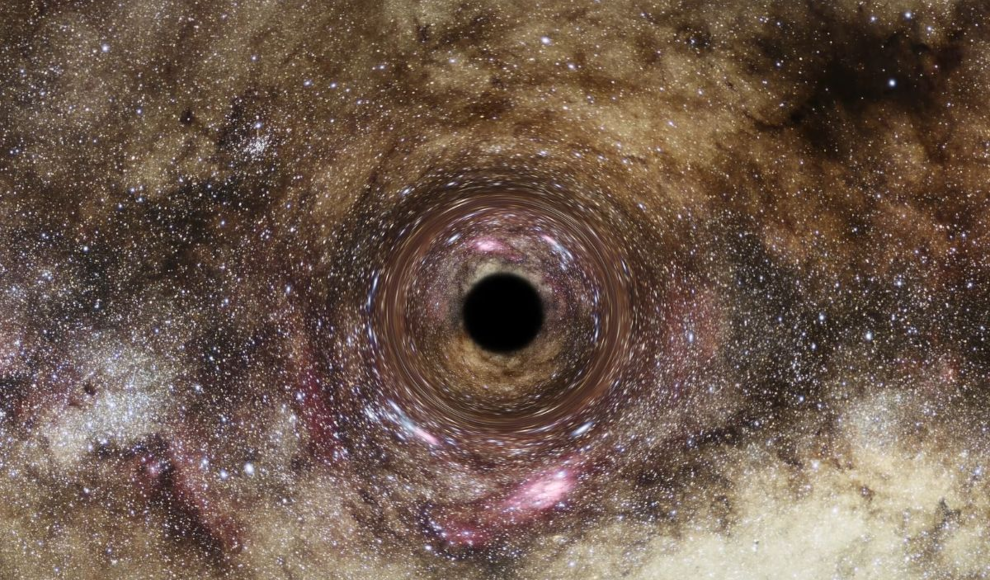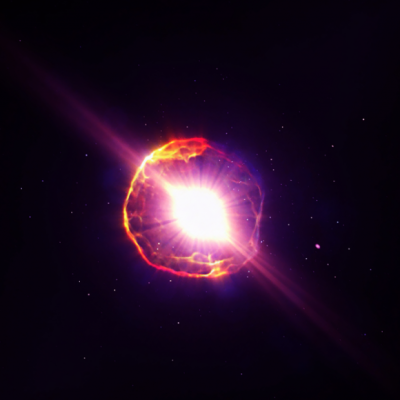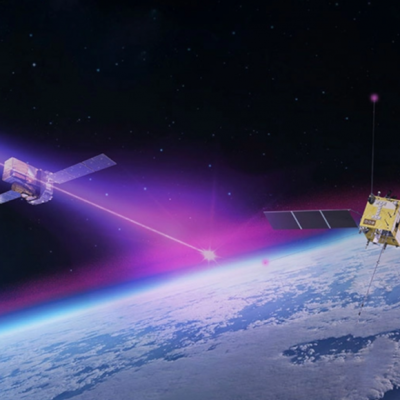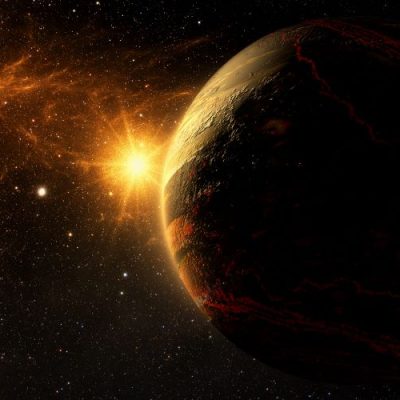Astronomers have discovered a massive black hole with 33 billion times the mass of the sun using a new method. Black holes are among the most massive objects in the universe, and they are classified into different size categories, with supermassive black holes being the largest. The most massive black hole known is the quasar TON 618, which has 70 billion times the mass of the sun and is located about 18.2 billion light-years away. Scientists from Durham University have now discovered another ultramassive black hole with 33 billion solar masses, making it the third heaviest known.
The team used the gravitational lensing effect, where a nearby galaxy acts as a giant magnifying glass, to locate the black hole in the central galaxy of the Abell 1201 galaxy cluster, which is 2.7 billion light-years away. The gravitational lensing effect intensified to an unusual degree when Abell 1201 moved in front of a background object, indicating the presence of an invisible, massive structure in the center of the galaxy. The position and shape of the distorted light suggested that the hidden heavyweight might be an inactive black hole.
To learn more about these cosmic giants, the team analyzed new images of the galaxy and its gravitational lensing effect from the Hubble Space Telescope. They then used astrophysical simulations on supercomputers to determine the size of the black hole necessary to produce the observed distortions, resulting in the discovery of the ultramassive black hole with 33.28 billion solar masses. This discovery is significant because it is one of the largest black holes ever discovered and is close to the theoretically predicted mass limit for black holes.
This new method of discovering black holes through gravitational lensing could lead to the discovery of more inactive black holes in distant galaxies and shed light on how these exotic objects evolved in cosmic time. The discovery of this third heaviest black hole is not only exciting but also represents a significant methodological advancement in the field of astronomy.







-400x400.jpg)


